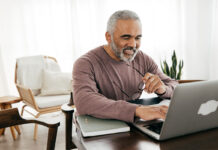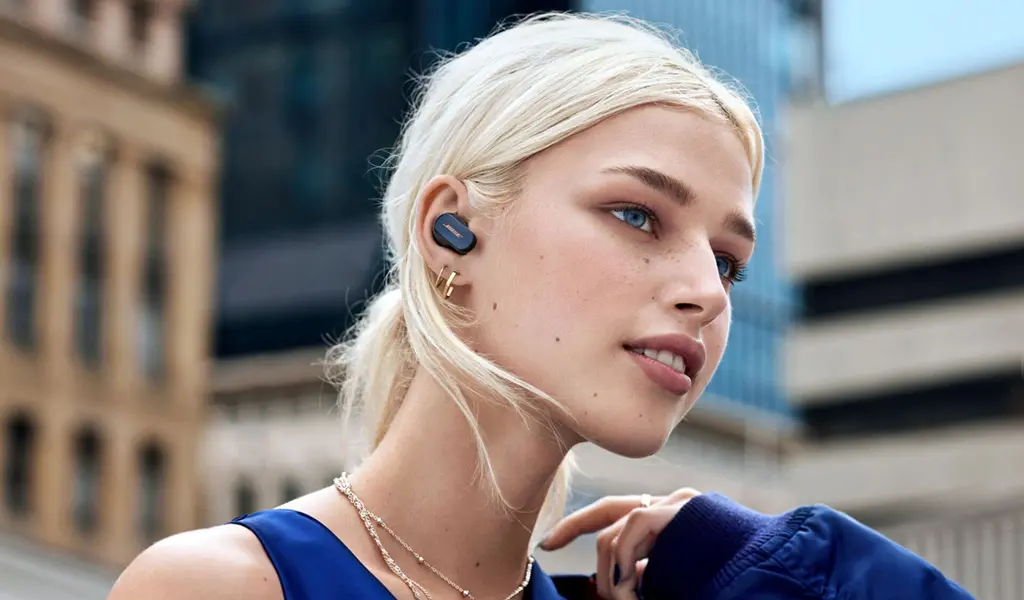
True Wireless headphones, also known as wireless earbuds, have rapidly become the new standard for listening on the go. Small and easy to take with you just about anywhere, it’s worth understanding this category and some of the most common features when you have so many different options to choose from.
Table of contents
- What are true wireless headphones?
- Why choose true wireless headphones?
- Key features to consider
- The best true wireless brands
What are true wireless headphones?
The “true” in true wireless headphones means there are no cables connecting the two earpieces, better known as earbuds. These earbuds are independent units that sync wirelessly. They are the current standard in wireless audio technology, replacing older models that used a cable connecting the two earbuds together. While you may still see a few of the older models around, they are far less common as fewer manufacturers continue to make them.
True wireless headphones use Bluetooth to wirelessly pair and connect with devices you would use to playback audio/video content, like a smartphone, tablet, computer or gaming console. There’s nothing to plug in because all the connections happen wirelessly, adding to the convenience and reducing their overall footprint.
The only time you need a cable is to connect the earbuds to their charging case, which has a battery large enough to recharge them multiple times. As long as the earbuds are in the case, they’ll continuously charge until full, ensuring they’re always ready for use.

Why choose true wireless headphones?
It’s no secret that true wireless headphones can make life easier, so let’s take a closer look at the benefits and advantages they bring compared to wired headphones.
Adapting to the absence of headphone jacks
As headphone jacks vanish from mobile devices, true wireless headphones bridge the gap with universal Bluetooth connectivity. This technology makes them compatible with a wide range of devices, including smartphones, tablets, and laptops, where traditional headphone jacks are increasingly rare. This shift means you can enjoy high-quality audio without worrying about specific physical connections.
Fitting right in
True wireless headphones offer unparalleled freedom from tangled wires and bulky equipment. Designed to fit snugly and comfortably, they come with various sizes of ear tips and wings, ensuring a secure fit that stays put during any activity—from daily commutes to intense workouts. Their compact size and portability make them easy to carry in a bag or pocket, always ready for use. Plus, their discreet design means they can be worn without drawing attention, blending seamlessly into your daily attire and activities.
These headphones not only free you from the confines of cables but also enhance your audio experience with their sleek, minimalistic design. They are perfect for anyone seeking a hassle-free listening experience, whether at work, during a workout, or on the move.

Small package, big sound quality
Despite their compact size, true wireless headphones pack a real punch when it comes to audio quality. They keep getting better, thanks to innovative improvements that continue to push sound clarity, which can come in varying forms. One could be the Bluetooth codecs supported by a pair of true wireless headphones, especially if they include those capable of playing hi-res audio (aptX HD, LDAC, LHDC). But these codecs alone don’t make earbuds play well. It comes down to a variety of factors, starting with how well they fit in your ears, as well as how manufacturers tuned them for playback, and what source the audio is coming from.
It’s common for manufacturers to support their true wireless headphones with an app that allows you to customize certain settings. That can sometimes include an equalizer (EQ), which can adjust the tuning to produce a sound more fitting for specific musical genres or spoken word content, like podcasts or audiobooks.
Productivity and multitasking
True wireless headphones, including the innovative open-ear headphones and bone conduction headphones, excel in dual-function roles: listen to music while you work and manage calls as they arise. Open-ear designs are particularly suited for office environments as they do not seal off your ears, allowing you to remain aware of your surroundings and engage with colleagues effortlessly. This feature is invaluable for maintaining ambient awareness without sacrificing audio input, making them ideal for multitasking in busy settings. For more information om this innovative category, explore everything you need to know about open-ear headphones.
Moreover, with advanced noise cancellation or ambient mode, you can either block everything out to focus, or collaborate with colleagues without distractions. Keep them on for video and conference calls, be it on your computer or tablet.
Many true wireless headphones, including open-ear earphones, also support multipoint connectivity. This technology allows the earbuds to connect to multiple devices—such as a laptop and a smartphone—simultaneously. It ensures that you can switch between listening to media on your computer and taking calls on your phone seamlessly, enhancing productivity and flexibility in any professional setup.
Work out in peace
It’s always nice to wear wireless earbuds while exercising. They won’t get in the way since there are no cables to deal with, leaving you free and clear to focus on what you want to do while listening to your choice of music or podcast. As a runner, you can simply slip your phone into your pocket and connect to your true wireless headphones for a smooth and pleasant workout.
Depending on how manufacturers designed and built them, true wireless earbuds have different levels of durability reflected by their Ingress Protection (IP) rating. If you see “IP68”, for instance, the first number refers to dust resistance, while the second number refers to water resistance. The higher the number, the higher the level of resistance.
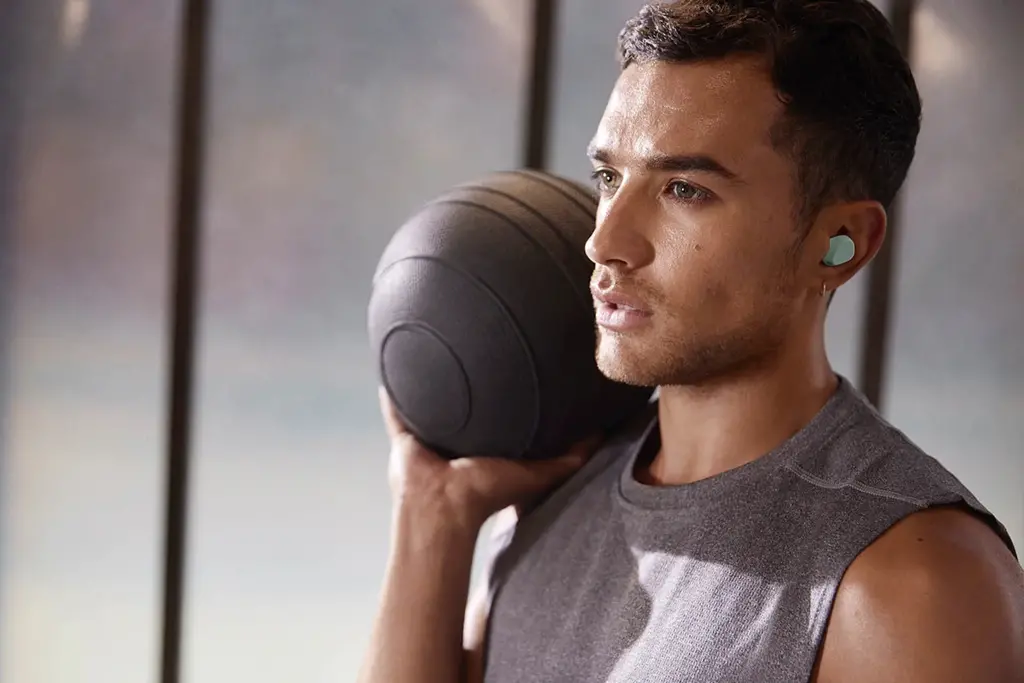
Key features to consider
Active Noise Cancellation (ANC)
Active noise cancellation is often available on true wireless headphones, though there certainly are some models that may not offer it as a feature. The technology works by using the onboard microphones to listen for background noises and then create inverse sound waves to nullify them. In effect, they “cancel” out those ambient sounds so you get as close to silence as the earbuds can possibly deliver.
The purpose is to block out the background without affecting audio playback, meaning you would still get the best sound quality from the earbuds without surrounding noises seeping in too much. This is great if you want to dive right into your listening and lose yourself in music or a podcast or need to focus on work. An additional benefit is you won’t have to raise the volume as much to muffle those noises, which not only saves battery life, but also helps avoid hearing loss.
Ambient or Transparency Mode
Manufacturers will refer to this under different names, but the basic principle is the opposite of noise cancellation in that you want to filter in outside or ambient noise while still listening to your music, podcast or call. The onboard microphones work to hear everything around you and simply pass it through to your ears via the earbuds. This way, you can be aware of your surroundings at all times, even while listening to content.
That’s very convenient when you won’t have to remove the earbuds to hear an announcement or speak with someone. Features like this also apply—to varying degrees—for phone calls, allowing you to hear your own voice, much like you would when talking on any other phone. There is also a safety element involved, particularly when out for a walk or run where it’s important to hear your surroundings, like crossing a street, for instance.
Touch or button controls
Most true wireless headphones offer responsive and intuitive touch controls located on the sides of the buds themselves. Others may have them on the stems, and still others use physical buttons to control the existing features. These controls usually cover basics, like play/pause, skip/repeat track, answer/end call, noise cancellation/ambient, volume up/down, voice assistant access, and more.
You’ll need to read over the instructions to learn and memorize the controls but once you have the hang of it, you can control things without reaching for your phone. Some models that come with apps may also let you customize these controls to set them up the way you want.
Voice assistants
If you use Siri, Google Assistant, Alexa, or Bixby, true wireless headphones can access the popular voice assistants and let you control things that way. Whether it’s asking for information, controlling a smart home device, or communicating with someone, a simple tap connects you with your voice assistant to make those things happen. It makes productivity and multitasking so much easier when you can set reminders, manage your calendar, send messages, and make calls without picking up your smartphone.
Battery life
It’s always important to consider battery life when choosing a pair of true wireless headphones. The numbers vary widely, with some lasting longer than others, but what’s equally important to remember is that battery life also depends on two key factors. One is noise cancellation, which explains why some manufacturers rate battery life based on ANC being on or off. The other is volume level—battery ratings are based on the default volume the earbuds play at right out of the box. Raise the volume higher and it will affect how long they last per charge.
Some charging cases support wireless charging, letting you place it on top of Qi-enabled charging pad or surface. Many also have fast charging capabilities that will give the earbuds a quick boost for up to an hour of listening after plugging into an outlet for only 5-10 minutes. It can be so annoying when your headphones die right in the middle of a great song or show, so keep an eye out on how long they may last.
Bluetooth codecs
All true wireless headphones connect to playback devices through Bluetooth, yet it’s the codecs that handle how the digital audio data is encoded and decoded. The reason this matters is because it can determine the quality you hear. Other nuances also apply, as in how Apple’s iOS devices only support codecs like AAC and SBC. Android devices are more flexible, supporting AAC, aptX, aptX HD, aptX Adaptive, LDAC, and LHDC. Others may be more proprietary, like Samsung’s own Scalable codec that only works with Samsung devices, for example. Whether or not wireless earbuds support those codecs depends on what the manufacturer chose to include. The SBC codec is a standard that all playback devices and wireless earbuds support, and is basically the default standard for everyone.

The best true wireless brands
There are so many brands of wireless headphones to choose from, from audio giants to small independent brands. It’s a crowded space, which is a good thing because it guarantees a greater level of choice for which pair you prefer to plug your ears.
Design options
Designs and styles range as much as the brands themselves do. They all generally nestle into your ear, except some will have stems that protrude down—a style made popular by the AirPods—whereas others have simpler bodies without stems. Neither one is necessarily better than the other, so it largely comes down to personal preference, both in comfort and appearance. You may also notice different materials, be it glossy or matte finishes, as well as rubberized veneers that are popular with more rugged pairs.
Colours also vary widely, ranging from more neutral tones to flashy shades that really stand out. Certain brands will favour going one way or the other, though you may come across pairs that offer both neutral and colourful options.
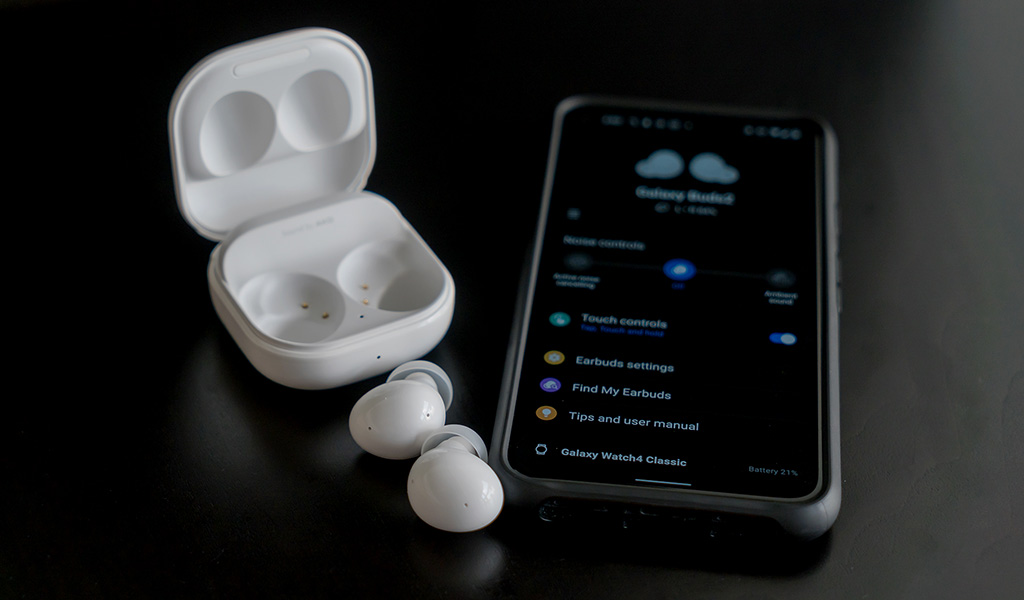
Plenty of choices
Sony is routinely at the forefront among the best options for true wireless headphones, driven by innovations in sound quality and noise cancellation. The company’s best wireless earbuds include advanced features like adaptive sound control and multiple levels of noise cancellation. Other mid-range and affordable earbuds also stand out, offering an excellent set of choices from one of the most recognizable audio brands.
Jabra also stands out as a specialist in this category, always making wireless earbuds that compete against the best in the business. Sporting a solid mix of comfort, audio quality, noise cancellation, and some of the best phone call clarity available, putting on a pair of Jabra’s true wireless headphones means you get what you paid for.
Bose always finds itself in the conversation as a premium option because of its penchant for high-quality audio and noise cancellation rivaling the best Sony and others can deliver. Like some others, it also makes earbuds with unique purposes, like sporty models that can withstand tough, sweaty workouts and splashes of water.
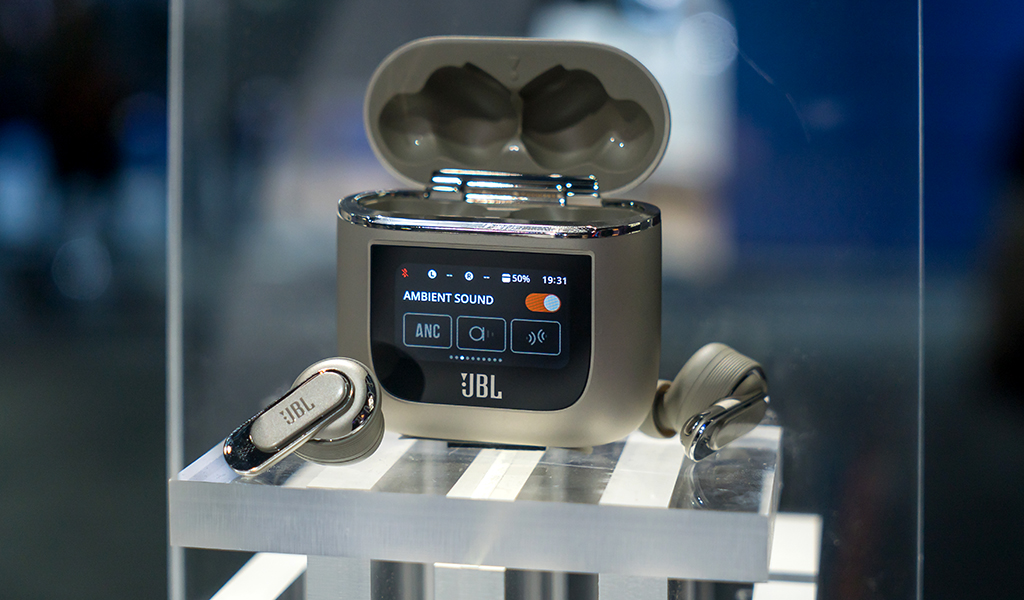
Samsung has an excellent mix of wireless earbuds that offer great features. They can work with any Android device, though additional features are available when paired with Samsung’s devices, like Auto-Switch, where the earbuds can automatically switch from listening to music on a laptop to answering an incoming call on a Samsung phone.
Google’s earbuds are in a similar boat—open to work with any Android device in offering a nice set of features, including some of the best integration with Google Assistant on any pair. It’s a hands-free experience where you don’t even need to use any of the onboard controls to have it listen for your latest query or command.
Not to be outdone is Apple, the maker of the AirPods, and a tone-setter for the entire category. These may be the first choice for iOS and Mac users, though the other brands work perfectly fine with Apple’s devices. With hands-free access to Siri, plus a range of options depending on your needs, they always stand out as viable options for your ears.
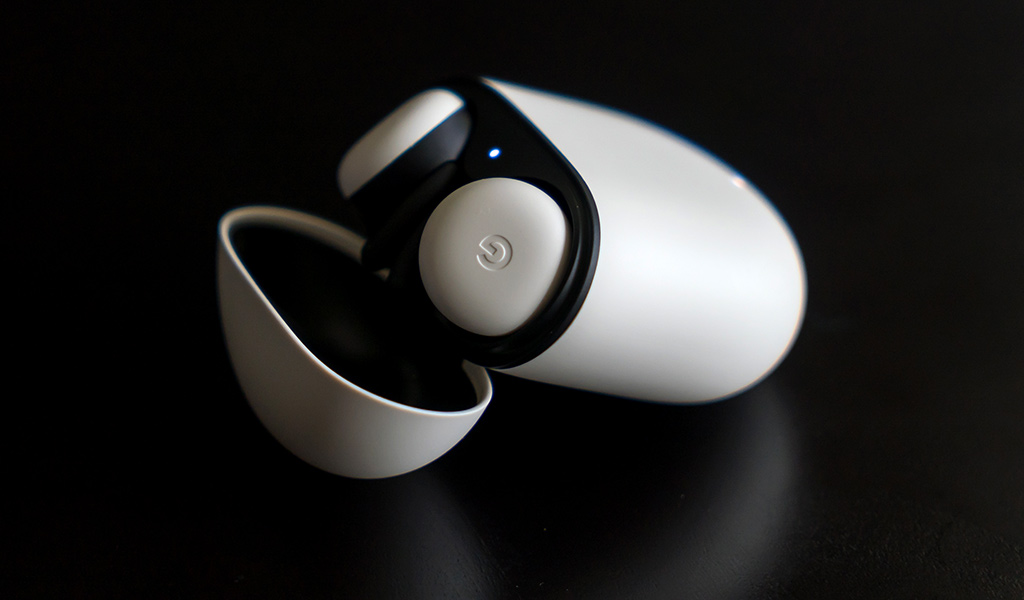
Move beyond those brands and you see a litany of others that make strong cases for consideration as well. Think of the likes of Sennheiser, JBL, Beats, and LG—all premium brands that only get better with each pair they launch to market.
On the more affordable side, you will find great budget-friendly pairs from Skullcandy, House of Marley, JLab, Soundcore, Belkin, and more. There are literally dozens of companies making earbuds widely ranging in price to cater to any budget, big or small.
Take the next step
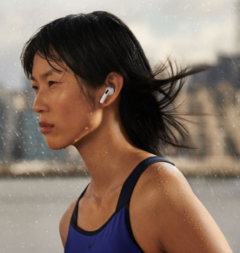
True wireless headphones continue to evolve with new technologies and designs, such as open-ear headphones, enriching the user’s audio experience while enhancing safety and comfort. They represent a significant shift in how we interact with our audio devices, emphasizing ease of use, sound quality, and versatility. There are plenty of great features to consider as you decide, so whether you want them to block out noise, for working out, or to lighten the load on your ears, you’ll find something that works for you. Check out a wide selection of true wireless earbuds at Best Buy Canada.



